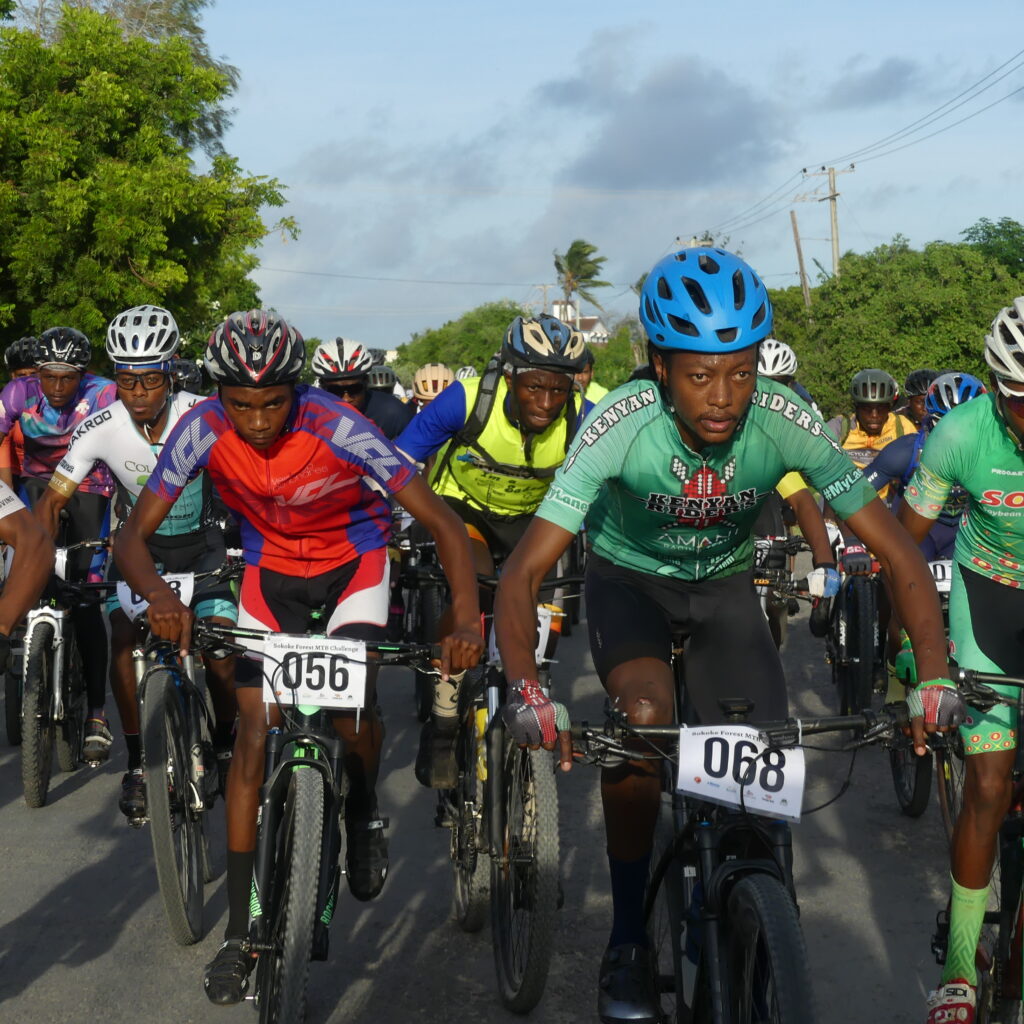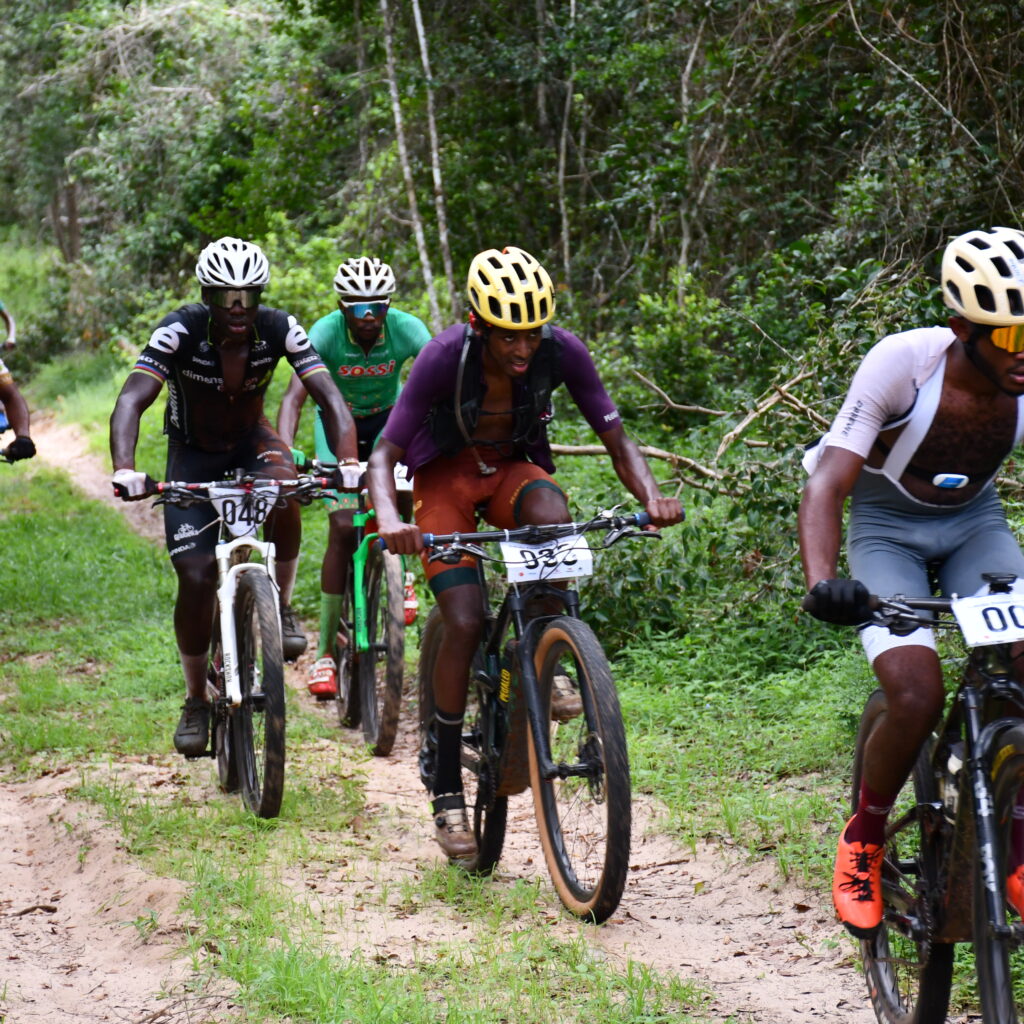An ecosystem worth riding for
”Beyond the white sands and coral reefs of the Malindi-Watamu coastline, lies Arabuko-Sokoke Forest (ASF) and Mida Creek. ASF is the largest remnant of a dry coastal forest which originally stretched from Somalia down to Mozambique. It, therefore, contains an unusually high number of rare and endemic species. Mida Creek harbors important mangrove forests with a high diversity of species. It is of international importance for some of the waterbird species it supports. In addition, it is a key spawning ground for several fish species and a feeding ground for young turtles. This makes it one of the most important regions for conservation in mainland Africa. Mida together with Arabuko-Sokoke Forest have therefore been designated as a UNESCO Biosphere Reserve.”
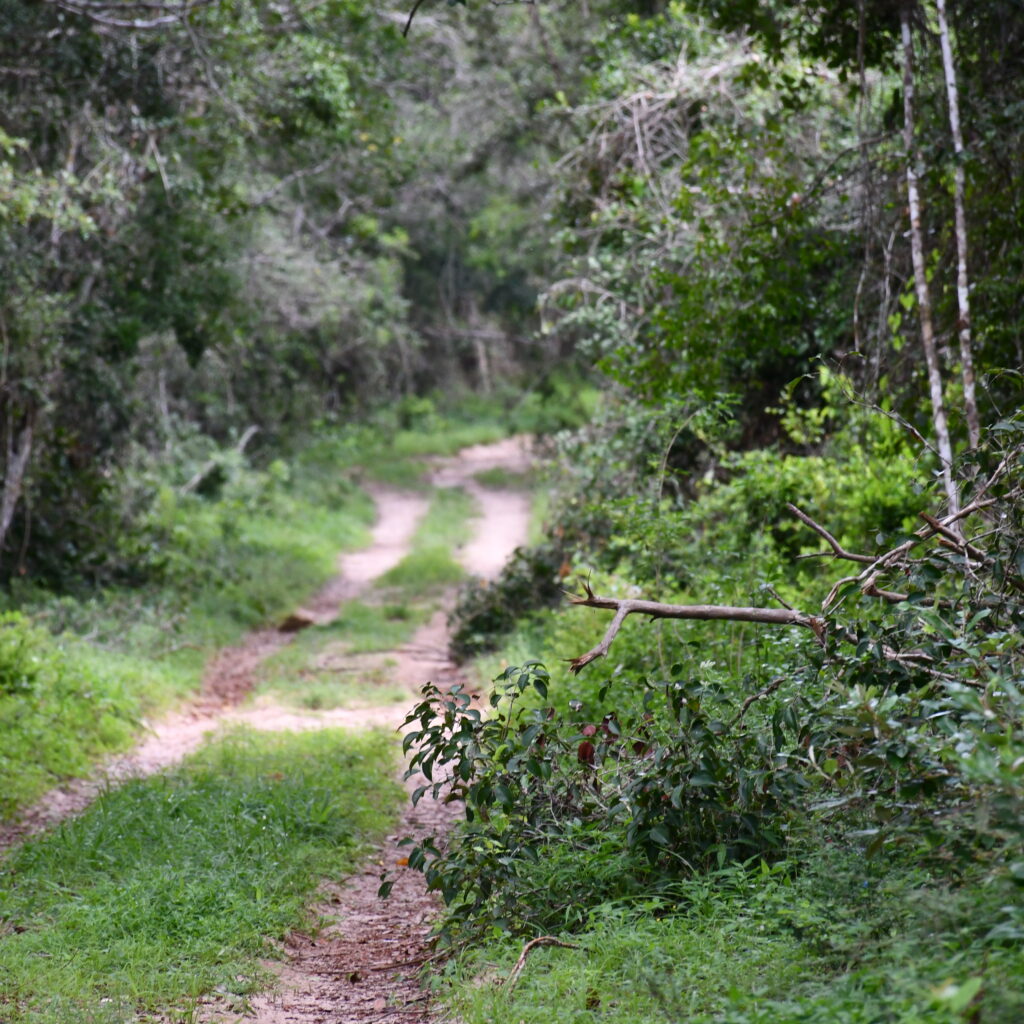
Why we need to intervene, urgently
At the Kenyan coast, the effects of climate change have been evident. The hot climate and the unreliable rains have seen to the shrinking of options available for affording day to day needs. What is available to the community is fishing in the Creek or depending on the ASF resources. But since the creek is some distance away, it is the forest that serves as the primary (and almost only) source of livelihood to most of the community! The ever-rising cost of living has made people rely HEAVILY on the ever-reducing forest resources. This has resulted in logging, illegal hunting, destructive cutting down of trees and excessive charcoal burning. Is there hope to this forest and her endangered species?
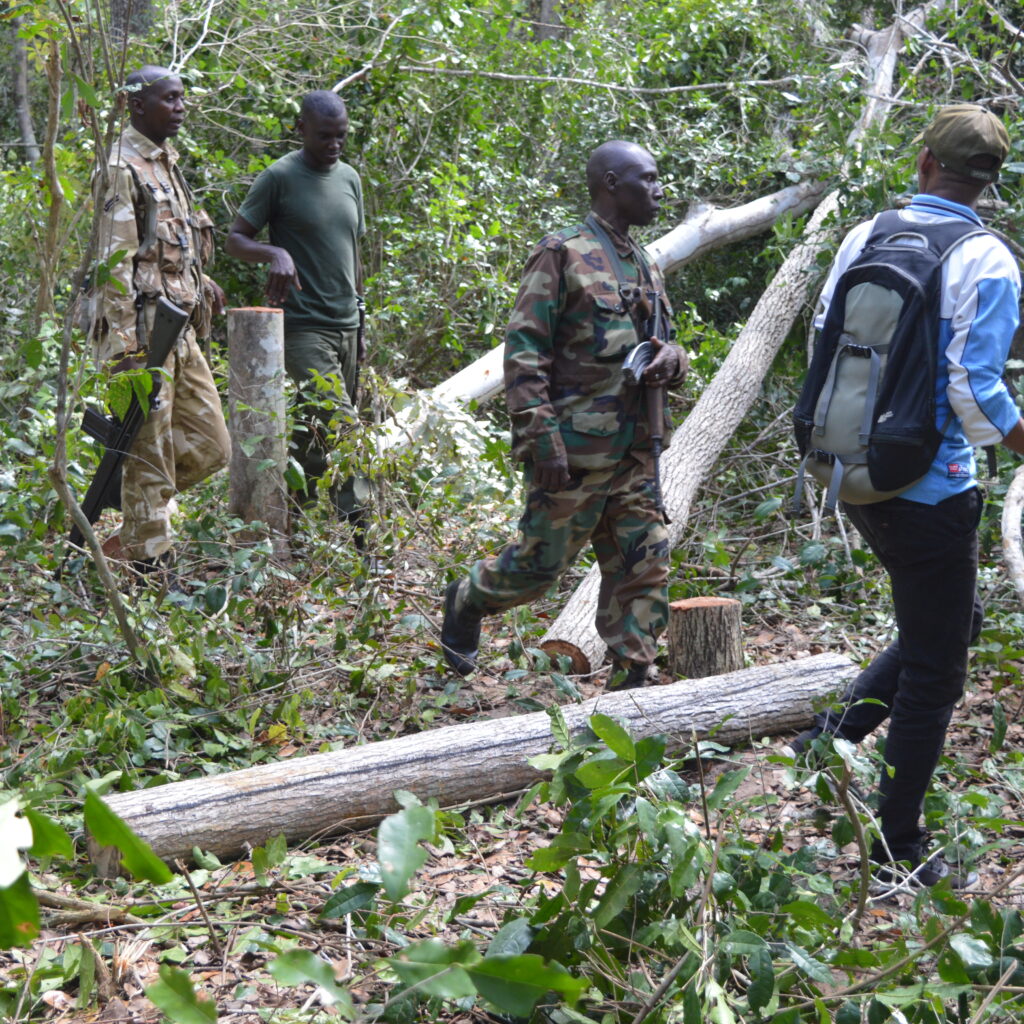
Double-edged conservation scheme
Yes, the forest needs to be conserved, but also the community needs to survive. The main challenge was finding a balance between this two; partnering with the community towards the conservation of ASF but also making sure they are not in a situation where they have no option but to over-utilize the forest resources.
That is how ASSETS (Arabuko-Sokoke Schools and Eco-Tourism Scheme) was born. Its main objective being to reduce the pressure exerted on the forest by the neighboring community.
To achieve this, we put a few steps in place. The first thing was to try and relieve the families of major demands/needs, especially payment of school fees. ASSETS provides eco-bursaries for children from families that are within 5kms of ASF. Provision of eco-bursaries forms the backbone of the ASSETS programme.
The second thing was to educate the community about the sustainable ways of enjoying the forest resources, ways that don’t doom the forest in the long run. At the end of the day we preach conservation, not protection. These includes eco-tourism, butterfly farming, Bee farming etc.
The third thing was teaching the community about alternative sources of livelihood like kitchen gardening, energy saving jikos, tree planting, solar lamps etc.
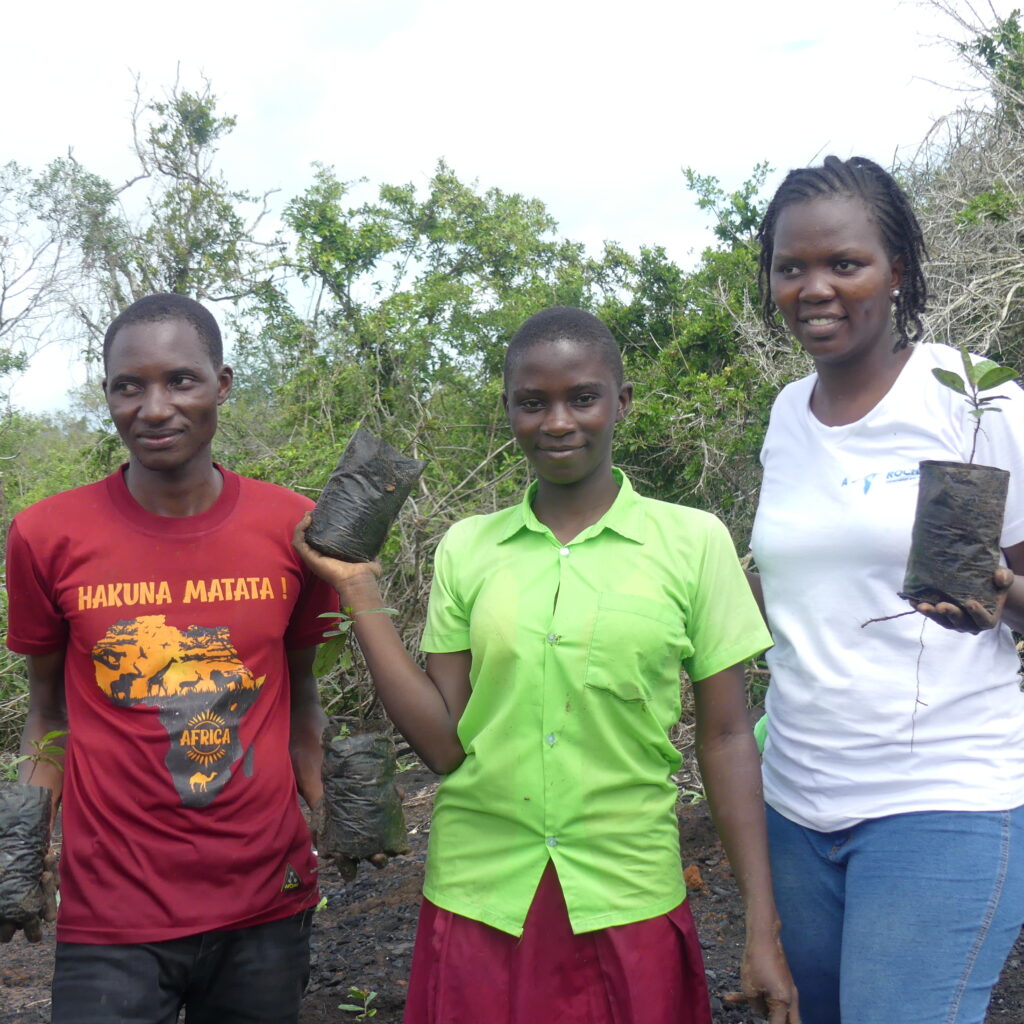
We have the course, now we ride
The wonderful news is that over the course of 20 years, we have seen this concept work. People have been transformed and parts of the forest conserved, especially in areas where we engage the communities. We have seen changes in attitude and witnessed the zeal for conservation grow.
The main challenge, however, has been getting enough money in the ASSETS account. That is where the Sokoke Forest MTB Challenge comes in. Among other ways like the Mida Boardwalk and donations from partners, well-wishers and friends, the Sokoke Forest MTB Challenge is one of the solid ways through which we raise money for ASSETS.
As our tag line says (Racing for conservation), we race for conservation of ASF and the Mida-Creek. All the proceeds (donations towards the race, contributions from the riders and registration fees) from the race go into the ASSETS programme. This money is used to pay school fees for kids living around ASF and all other conservation efforts under ASSETS.
